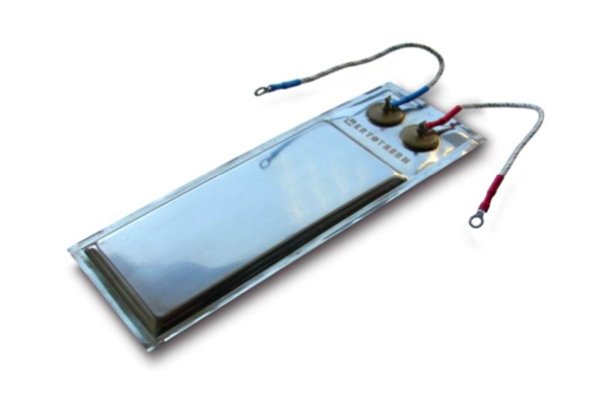We PSK Infracontract Pvt Ltd along with Russian research institutes and scientific organisations, is jointly offering solution in the field of thermo electric generator and cooler for varied technological applications.
Our technology is developed in large research and development institute which had designed thermoelectric systems since the 1970’s for military and aerospace applications. From the very beginning we have maintained
a leading position in the world market of thermoelectric modules and
devices.
We design and manufacture highly efficient and reliable thermoelectric products. We carry out scientific researches to develop and implement modern technologies as well as to provide continuous improvement of existing products quality and reliability . We specialise in customisation of thermoelectric solutions which best suits to customers
Thermo Electric Technology
- Solid-state heat pumps (based on Peltier effect)
- Thermoelectric power sources (based on Seebeck effect)
Two basic thermoelectric effects were discovered in the XIX century by European scientists. The first was Thomas Seebeck, who in 1821 discovered the phenomenon of direct conversion of heat into electric power; the second one was Jean Peltier, who discovered a solid state heat pump. In the period from 1940 through the 1950’s the Russian academic A.F. Ioffe and his colleagues synthesized semiconductor alloys, which put these effects into practice and that enabled full- scale production of thermoelectric cooling and power generating devices for wide use in various fields of human activity.

A basic thermoelectric unit is a thermocouple, which consists of p-type and n-type semiconductor elements, or pellets. Copper commutation tabs are used to interconnect pellets that are traditionally made of Bismuth Telluride-based alloy.
Usually thermocouples are combined with a module where they are connected electrically in series and thermally in parallel between two ceramic plates. Peltier phenomenon consists of the following.
A contact potential difference always appears at the point of junction of two different metals or semiconductors. If the electric current passes through them the potential difference at the junction assists or counteracts the flow. So as the current passes against the field of the potential difference the electrical source needs to expend additional energy to make the current pass through the junction and this additional energy consumption results in heat energy output at the junction. If the field of the potential difference has the same direction as the current the field supports it and enforces the movement of the charges. This energy is drawn from the substance and as a result the temperature at the junction is reduced. So, one side of the thermoelectric module is cooled and the other is heated.
If the heat dissipation from the thermoelectric module’s hot side is provided efficiently, for example by a heatsink, the temperature of the cold side could get down to tens of degrees below the ambient temperature. In case the current changes its polarity the hot and cold sides would invert.
Sectors we serve
We serve following sectors

Government projects
Creating power sources in space and underwater vehicles

Defence Industry
Power sources from waste heat exhaust, coolers for cabin and other customised applications

General application
Creating an electrical energy independent heating systems and electricity supply.

Oil and gas industry
Power for cathodic protection pipelines and well casings; power for remote control and monitoring of oil or gas pipelines and production facilities; power for navigational aids, telecommunications systems
Production Line
The overall technological cycle of thermoelectric devices production and tests (Acceptance test, Periodical test, Reliability test and standardised test) is performed in our own facility. The cycle starts from synthesis of thermoelectric semiconductor materials, cutting into pellets and deposition of anti-diffusion coatings, continues with modules assembly and treatment and finished with packaging and shipping to customers. We systematically improve the quality and technical parameters of products, fully corresponding to world standards.



